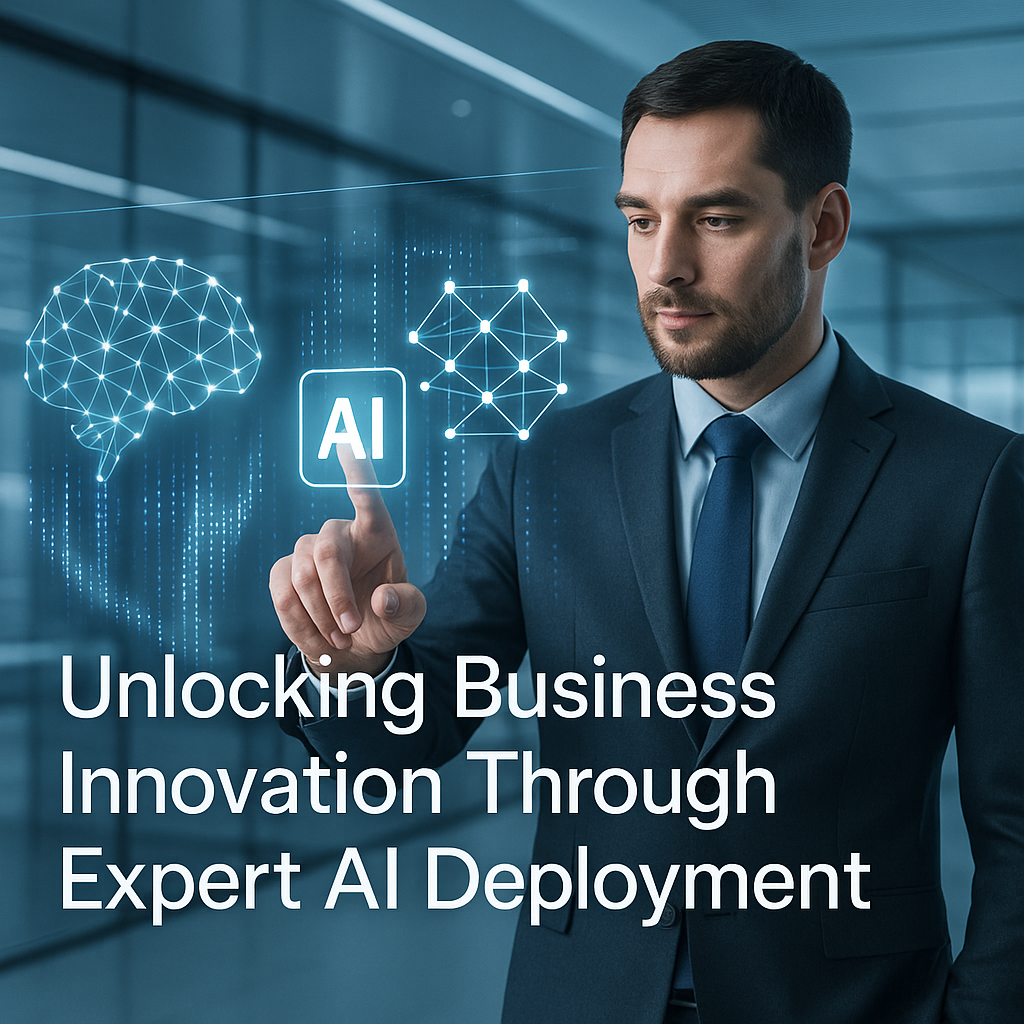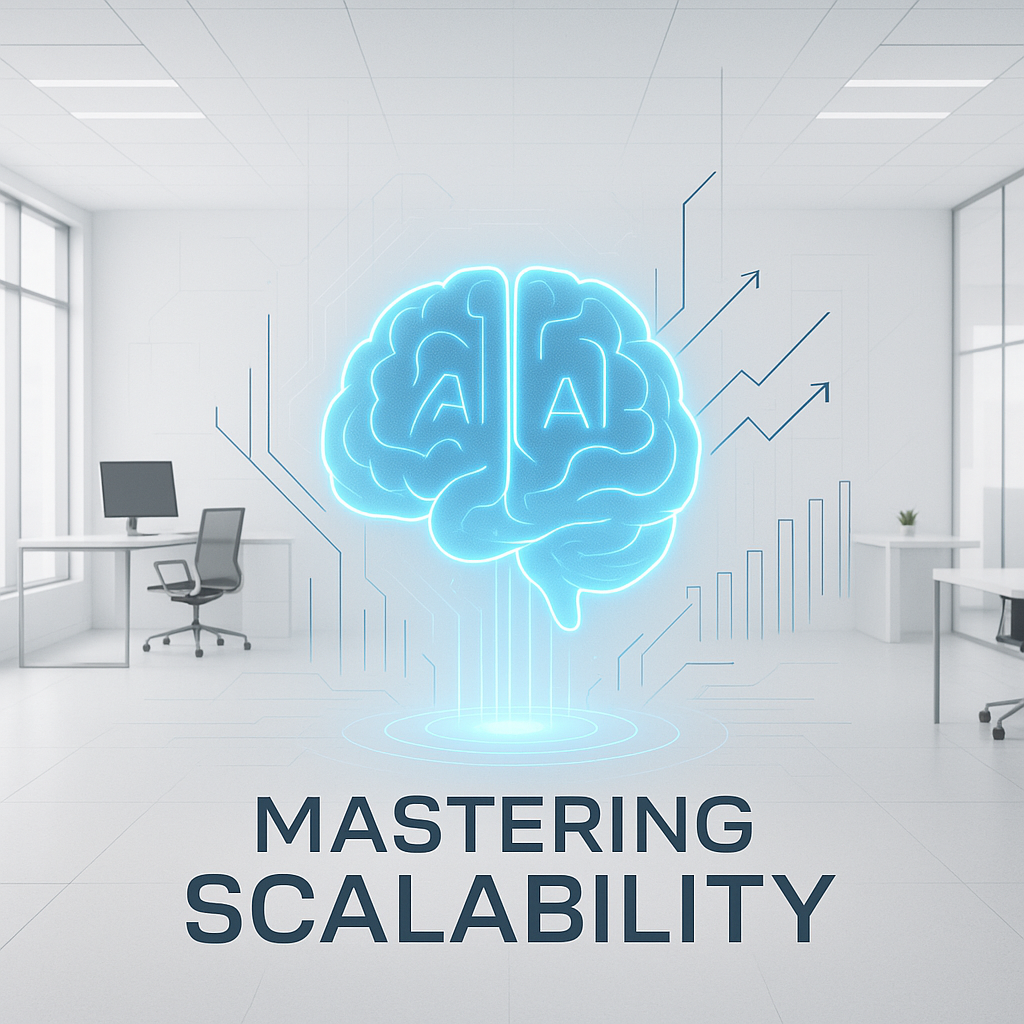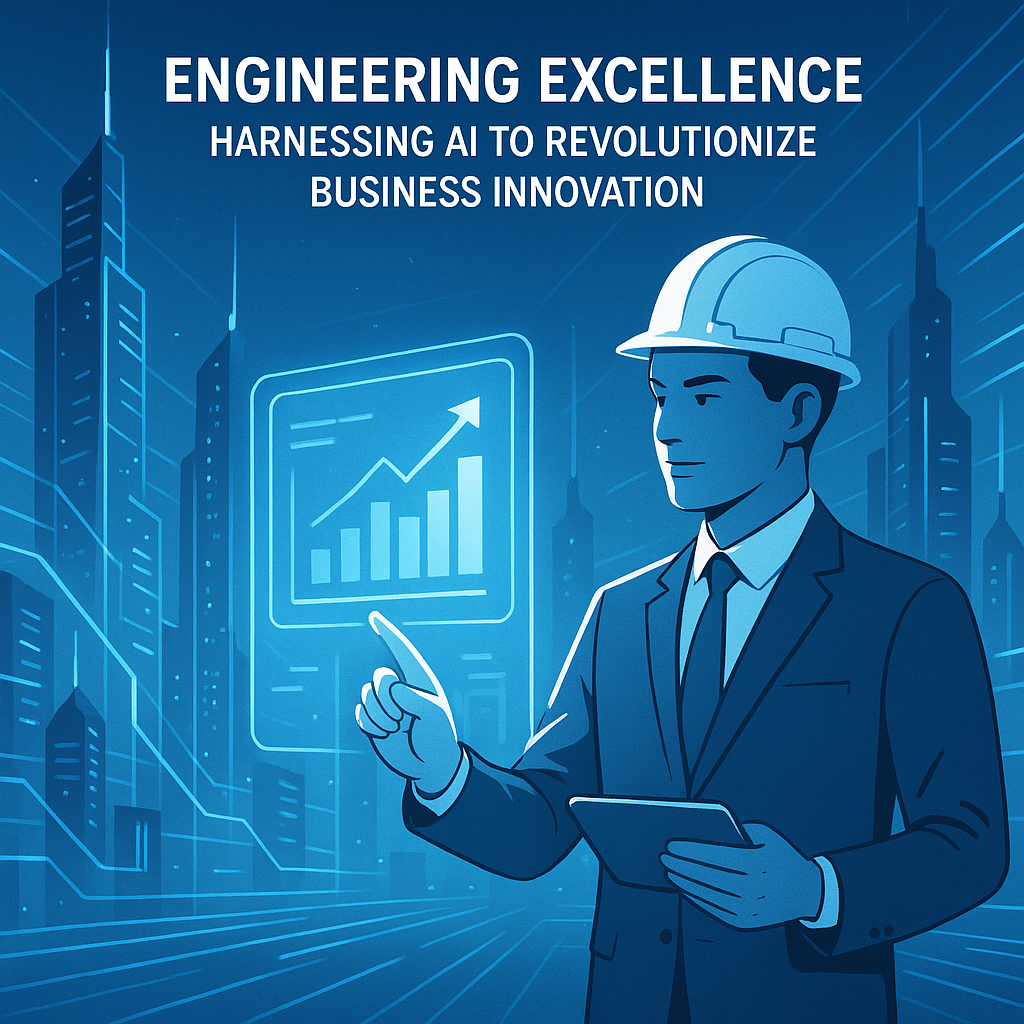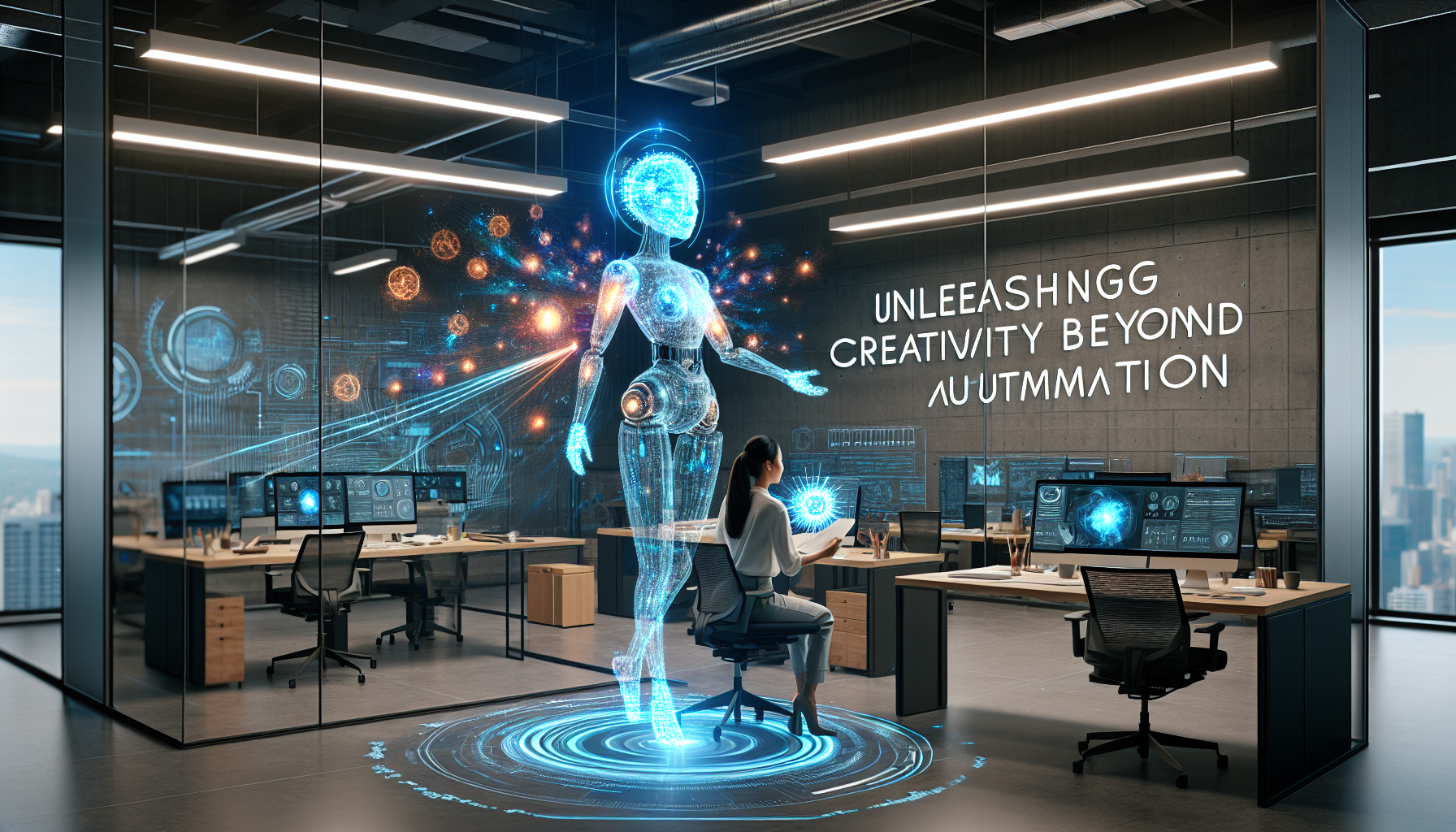Engineering the Future: Mastering AI Deployment for Business Innovation
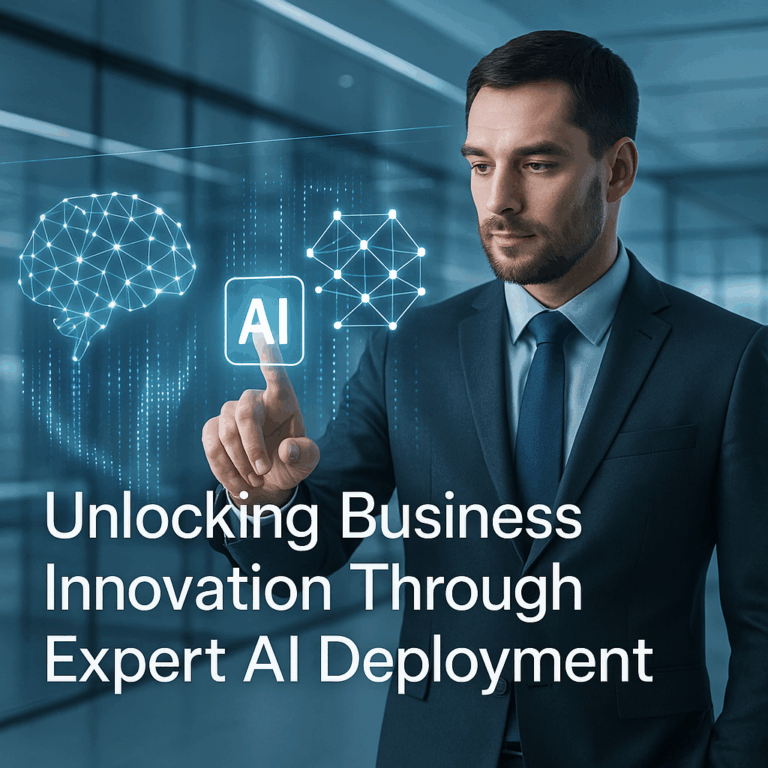
Bridging Engineering Precision with AI Implementation Excellence
The rapid evolution of artificial intelligence (AI) has reshaped the landscape of business and technology alike. However, the successful deployment of AI solutions hinges on much more than the algorithms alone—it demands rigorous engineering practices that transform cutting-edge research into scalable, reliable, and user-friendly applications. For businesses aiming to unlock AI’s transformative power, understanding the critical role of engineering in AI implementation is paramount.
Engineering serves as the backbone of AI deployment, ensuring that complex machine learning models and algorithms are embedded seamlessly within the existing technological infrastructure. Effective systems design, robust software development, and meticulous programming are essential to handle the unique challenges of AI, including large-scale data processing, model optimization, and integration with legacy systems.
Precision Systems Design for AI Integration
At the heart of AI solutions lies systems design, a discipline that engineers the architecture accommodating data pipelines, model execution environments, and API interactions with other business applications. Designing systems for AI must account for the computational demands of machine learning frameworks, real-time data streaming, and fault tolerance. An optimized design balances scalability with maintainability, enabling AI to evolve alongside business needs.
Engineering teams leverage modular design principles to isolate AI components, streamlining updates and debugging. This architectural foresight is crucial since AI models often require retraining and refining based on dynamic datasets and shifting market conditions. Engineering not only ensures system reliability but accelerates innovation cycles, aligning with the fast-paced technology innovation essential in competitive industries.
Navigating the Complexities of Software Development in AI
Developing AI solutions requires more than coding algorithms; it calls for sophisticated software development practices tailored to the nuances of AI workflows. Engineers must integrate frameworks such as TensorFlow or PyTorch with custom software stacks, optimizing performance across diverse hardware—from cloud clusters to edge devices.
Programming AI systems demands rigorous validation and testing strategies, including unit tests for algorithms, integration tests across modules, and continuous monitoring post-deployment. This layered approach mitigates risks related to model drift, security vulnerabilities, and unexpected behaviors, providing robust AI services that businesses can trust.
Moreover, software development teams often collaborate closely with data scientists to translate prototypes into production-ready tools. Engineering expertise bridges the gap between experimental machine learning and practical, user-focused tools, ensuring AI’s business value is realized beyond research labs.
Engineering AI for Business Innovation and Marketing Impact
AI’s transformative potential extends deeply into business innovation, catalyzing new strategies across marketing, operations, and customer engagement. Engineering teams enable these innovations by delivering AI solutions tailored to specific business processes. For instance, natural language processing models automate customer support, while predictive analytics optimize supply chain logistics.
In marketing, sophisticated AI-driven personalization engines analyze user behavior to craft targeted campaigns with higher conversion rates. Integrating these AI applications requires engineering precision to align data privacy standards, synchronize with CRM systems, and provide seamless interfaces for marketing teams.
Engineering’s role also encompasses scalability, ensuring AI-driven marketing tools adapt to increasing data volumes and user demands. Business leaders rely on engineers to maintain system availability and responsiveness, directly impacting customer experience and brand loyalty.
The Confluence of Robotics and AI: Engineering Autonomous Futures
The integration of AI and robotics demonstrates a frontier of technological synergy, where programming sophistication meets mechanical precision. Engineering in this realm involves developing real-time AI models embedded into robotic systems, allowing autonomous decision-making and adaptive behaviors.
Robotic platforms rely on AI-driven perception, control algorithms, and reinforcement learning to perform complex tasks in dynamic environments—whether in manufacturing automation, logistics, or healthcare. The engineering challenge lies in harmonizing robotics hardware with AI software, managing latency, and ensuring safety and reliability.
By pushing the boundaries of programming and systems design, engineers innovate at the intersection of robotics and AI, crafting solutions that augment human capabilities and redefine operational efficiencies.
Strategies to Overcome Challenges in AI Implementation
Successful AI deployment faces multiple technical hurdles, from data quality issues and algorithm bias to infrastructural constraints. Engineering approaches to surmount these obstacles include:
– **Data Engineering:** Developing robust pipelines that cleanse, normalize, and label data accurately, laying a foundation for reliable AI models.
– **Model Optimization:** Applying techniques such as pruning, quantization, and knowledge distillation to tailor AI algorithms for target environments without compromising accuracy.
– **Scalable Infrastructure:** Designing cloud-native or hybrid architectures that accommodate fluctuating workloads and enable real-time analytics.
– **Legacy System Integration:** Crafting middleware and API gateways that bridge AI services with existing enterprise systems, preserving continuity while expanding capabilities.
– **Continuous Monitoring:** Implementing AI observability tools to detect model degradation and trigger retraining, maintaining system integrity over time.
These engineering measures ensure AI not only delivers initial business value but sustains performance and reliability in dynamic application settings.
Recommendations for Engineering-Driven AI Success
For businesses poised to harness AI’s promise fully, the following recommendations are essential:
1. **Engage Multidisciplinary Teams:** Foster collaboration among engineers, data scientists, and business stakeholders to align AI capabilities with organizational goals effectively.
2. **Prioritize Modular Architecture:** Develop loosely coupled AI components to enhance system flexibility and enable incremental upgrades.
3. **Invest in Skill Development:** Equip engineering teams with expertise spanning systems design, advanced programming, and AI frameworks to navigate evolving challenges.
4. **Adopt DevOps and MLOps Practices:** Streamline deployment, monitoring, and iteration processes to reduce time-to-market and improve reliability.
5. **Emphasize Ethical AI Engineering:** Integrate fairness, transparency, and security considerations early in design and implementation.
6. **Leverage Edge Computing:** Explore distributing AI workloads close to data sources for latency reduction and enhanced real-time processing.
As AI continues to redefine the future of computing, engineering excellence remains the linchpin that transforms visionary algorithms into tangible business innovations. With a precise, imaginative approach to programming and systems design, engineers enable enterprises to fully capitalize on artificial intelligence, driving technological progress and sustainable competitive advantage.
